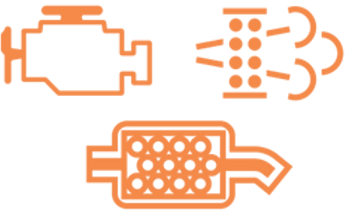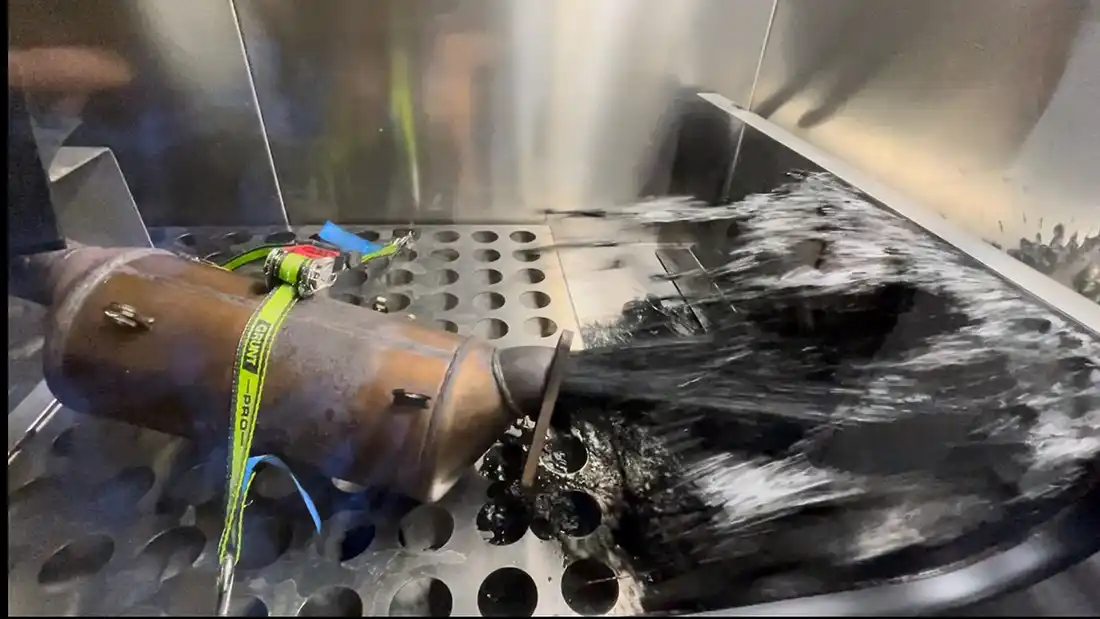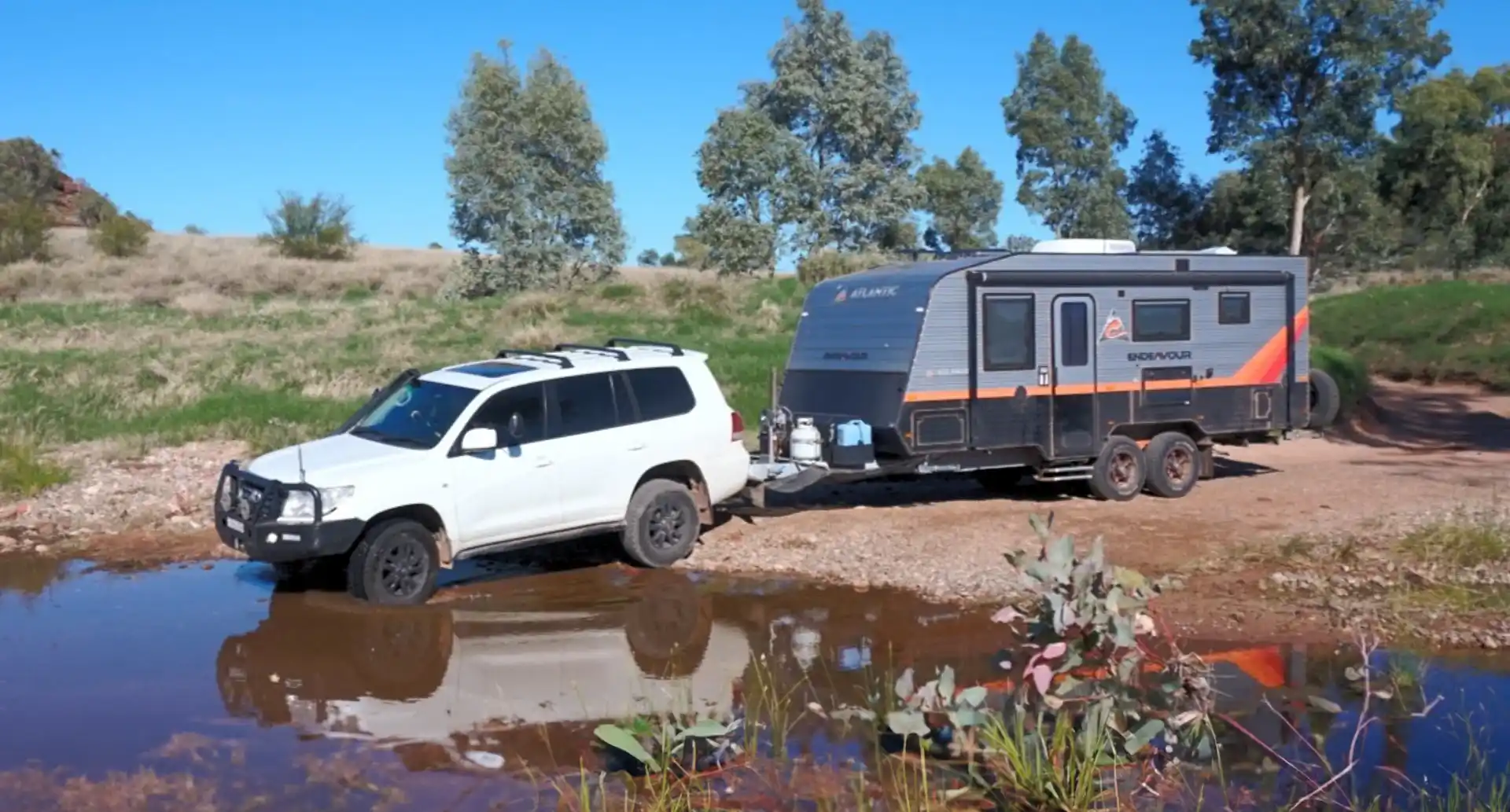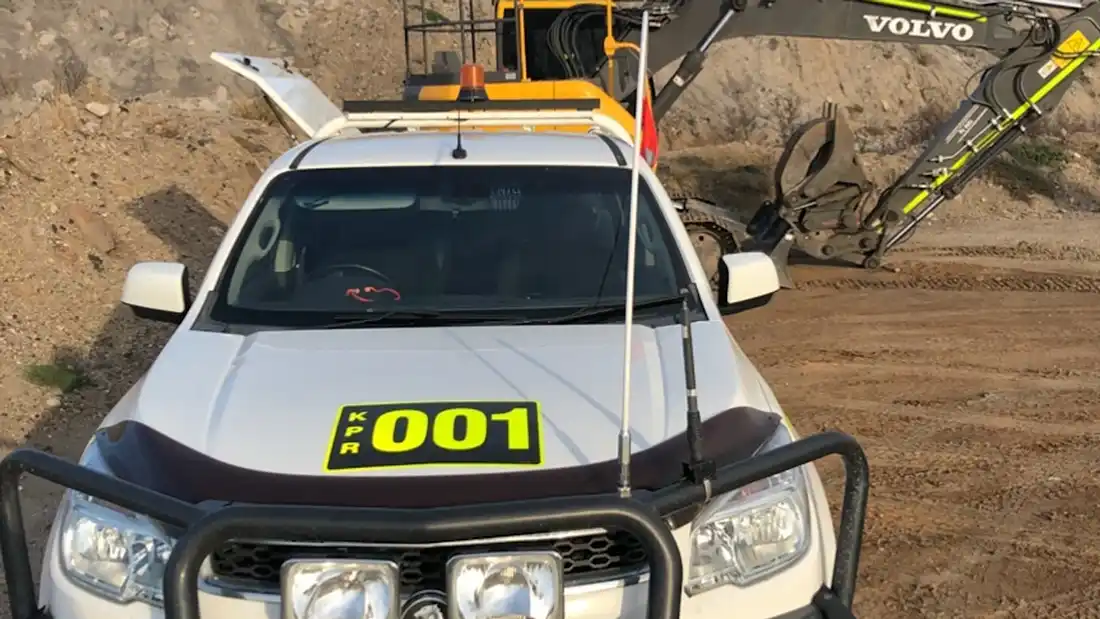Advanced Diesel Particulate Filter Cleaning Hunter Valley
Pickup & Return Service
Restore back to OEM Condition
Full Pre & Post Report
Increase Efficiency and Save Money
See these warning lights in your vehicle too often? You may need an advanced DPF Clean

Why our clean is more effective than others
KPR Diesel Performance uses the Two Way Aqueous method to clean and restore DPF, SCR and DOC. It is the most effective, environmentally-friendly cleaning method available.
Flow Test (before and after)
98% of Ash and Soot (PM-10) removed
No cutting or welding required
Abiliy to reverse flush DPF
Dries DPF
Why use KPR Diesel for a DPF Clean?
Restore your DPF to 98% Original Condition
We successfully clean all types of Diesel Particulate Filters (DPF), by efficiently removing the PM-10 (Soot & Ash) from the channel of the filter. We will restore your DPF back to 98% original condition returning it to serviceable condition.
Cost Effective Solutions
As a bonus, if your’re mechanically minded or have a mechanic, we offer a pickup and drop off service to keep costs down and minimise downtime. All you have to do is remove the DPF including all piping and sensors. We will pick up and return the cleaned DPF ready for installation to your home or business in the Hunter Valley, Newcastle or Central Coast area. We offer fast turn around times.
Servicing a Large Range of Vehicles
Our experienced heavy & light vehicle mechanic can effectively clean and dry any make and configuration of DPF without cutting, modifying, or welding including the DOC if required. Servicing all light vehicles and 4WDs, light and medium sized trucks and plant equipment.

FREQUENT QUESTIONS
Fitted to most late model diesel engines from 2009 and beyond, the DPF has a honeycomb interior made of Silicon Carbide, is in cased in stainless steel cylinder and is integrated into the vehicles exhausted system.
The DPF is one of multiple filters within a vehicles exhaust system including Diesel Oxidation Catalysts (DOC) and Selective Catalytic Reduction (SCR), these filters were introduced to minimise the harmful soot pollutants (also known as noxious emissions) that are released into the atmosphere. Over the past 40 years the noxious emissions standards have been progressively tightened to increase the quality of air and reduce the risk of cancer as well as heart and lung disease.
The current minimum noxious emission standards for new vehicles in Australia are:
- Light Vehicles ADR 79/04 (based on Euro 5)
- Heavy Vehicles is ADR 80/03, (based on Euro V and equivalent US and Japanese standards).
With even tighter new standards being introduced soon (November 2024) for new Heavy Vehicles to comply with the ever-changing international emission standards.
Our advanced DPF Cleaning machine pumps high pressure water mixed with Hydro Carbon fluid at a high volume, this cleaning process is assisted with blasts of compressed air to ensure the Soot and Ash are completely removed from the DPF filter.
We outperform conventional DPF Cleaning technology both economically and with efficiency because we do not utilise pneumatic and/or thermal regeneration technology to remove the soot and ash.
We also offer a full report including backflow results within the DPF filter before and after our process to ensure your DPF is back to functioning as new.
Ideally the system should self-perform a process of regeneration which enables a burn of the carbon soot particles that have been captured in the DPF, releasing Carbon Dioxide (and other less harmful substances) out of the exhaust pipe to atmosphere.
Passive regeneration occurs when the DPF will oxidise the soot particles anywhere between 275-360⁰ Celsius at the vehicle’s normal operating temperature.
However, some DPF are fitted close to the engine which means that the exhaust gases are hot enough to burn off the carbon soot particles, then an active regeneration occurs. Sensors detect an excessive build-up of particulates, to oxidise the build-up of soot the addition of raw fuel is injected into the exhaust to gain temperatures over 600⁰ Celsius for the burn to occur.
One word, ASH! Just like after any great campfire, ash will remain after a regeneration burn until it’s removed by cleaning.
While back pressure will return to some operatable condition after a regeneration when the soot is gone, it does not return completely. Ash builds up inside the DPF as it does not burn or oxidise like soot. This ash remains in the DPF system and consequently with some time it will block the DPF increasing the back pressure until the ash is completely removed.
The more ash that builds inside the DPF the number of active regenerations increase. This causes poor fuel economy, extreme high temperatures, and more constant back pressure that can be cause other mechanical failures like turbo chargers.
The first indication that your DPF is accumulating ash in the DPF will be noticeable by the increase generations at shorter intervals other indications will be DPF system or check engine warning lights or icons on your vehicles control panel.
Get a Quote
Our Services
"We were broken down on the side of a busy road and Allan from KPR pulled over and was an immense help. Any business that has someone like Allan working for them will get my business in future. Thank you!"


Keira Good




